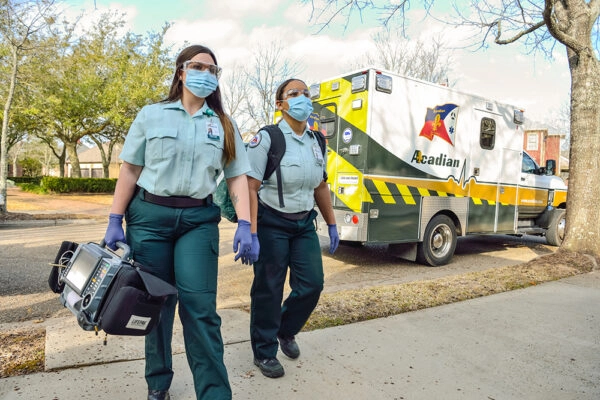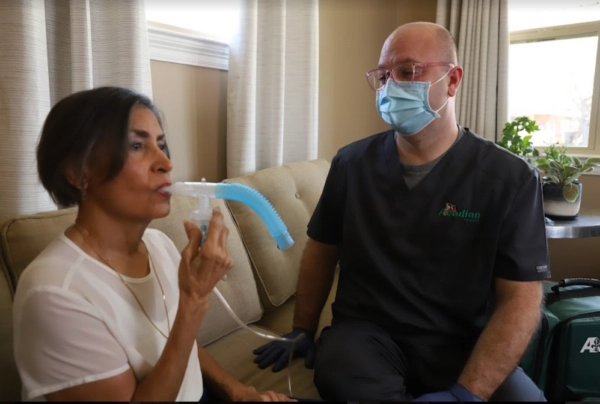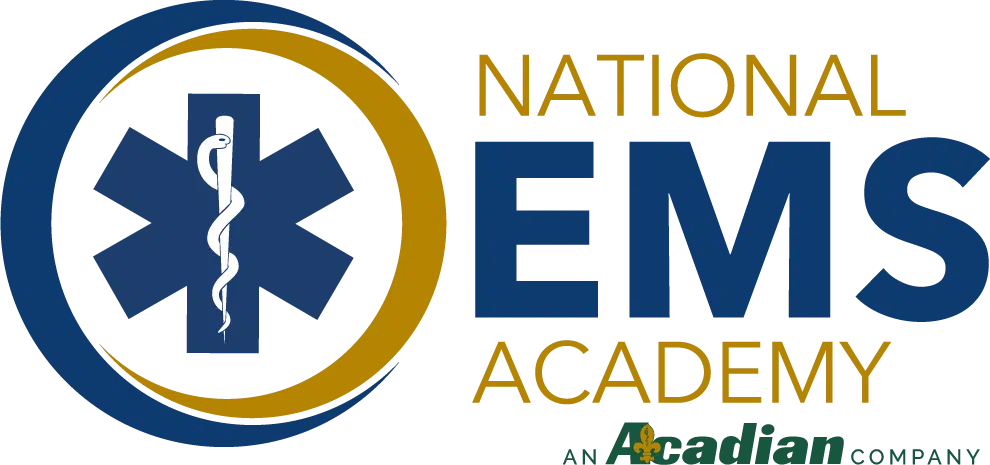A Medlert white paper from 2015 said, “The ambulance service industry can thrive in the future, if it embraces change. We believe the future of the ambulance service industry is bright. We suggest that for this industry to thrive in the future, it must:
- Determine the value of ambulance services for patients, healthcare providers, healthcare organizations, and payers
- Meet the changing consumer demands of patients, healthcare providers, and healthcare organizations
- Adopt and maximize the potential of mobile technology to help the industry become more efficient and innovative.”
Part of the push for higher-quality care focused on eliminating hospital readmissions for the same problem within a short period of time. Acadian Ambulance’s adoption of the Treat In Place care model, similar to the federal ET3 model, focuses on treating eligible patients at home or wherever they’re located and connecting with a physician via telehealth.
Acadian Health expands upon Acadian Ambulance’s care at home by partnering with large payers; ACOs; PCPs; hospitals and health systems; home health, hospice and palliative care agencies; and skilled nursing facilities, as well as working directly with patients to provide mobile urgent care services.
Medlert’s white paper suggests that the ambulance industry can follow the model offered by the Medicare requirements of hospitals and define value in terms of patient experience and clinical outcomes. The value of ambulance services in an integrated healthcare system encompasses customer satisfaction and clinical outcomes as well as the value-add of ambulance services to the healthcare system as a whole.
The value-add of ambulance services lies not just in the capacity to respond to emergencies but also in the potential to offer basic community healthcare. Ambulance service and EMS have evolved tremendously since federal regulations were put into place in the late 1960s. Paramedics are highly skilled in providing patient care for myriad situations. Service has gone beyond simple emergency transport, venturing into Treat In Place and community healthcare models, with paramedics acting as mobile care providers, assisted by physicians. Behavioral health care is coming into the game, with mobile urgent care providers and paramedics working to treat mental health and substance abuse patients where they are or by transporting to a behavioral health facility, rather than the ED or jail.
A blog post from Jeffrey Davis, Director of Regulatory and External Affairs at the American College of Emergency Physicians, posits, “What does value-based care truly mean? How will it affect you and your patients? We won’t truly move to a more value-based system unless emergency medicine is fully engaged in this effort.”
When it comes to reimbursement, value-based care payment models aim to encourage more preventive care, reduce rehospitalizations, and incentivize more efficient care delivery models that work to directly improve a patient’s health status and improve outcomes. Providers are responsible for providing high-quality care by meeting quality metrics. EMS and mobile urgent care providers can support the value-based care model, furthering a better continuum of care for patients.
How is your EMS organization integrating value-based care practices into your service’s daily workflows?
“When EMS providers are able to effectively initiate and provide treatment for patients and improve their conditions without the need for transport to or prior to arrival at the hospital, it directly improves a patient’s overall outcome, reduces the length of their stay, and drives down the total cost of care.”
Benjamin Swig, Director of Acadian Health



















